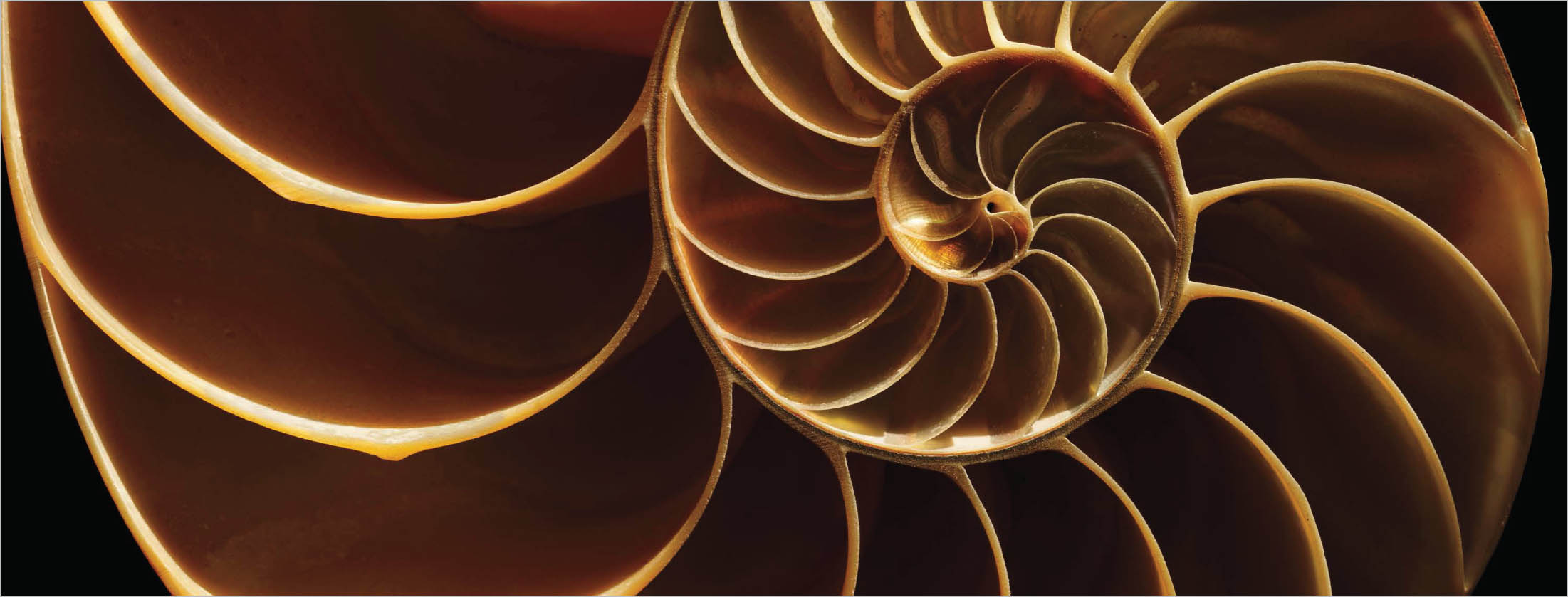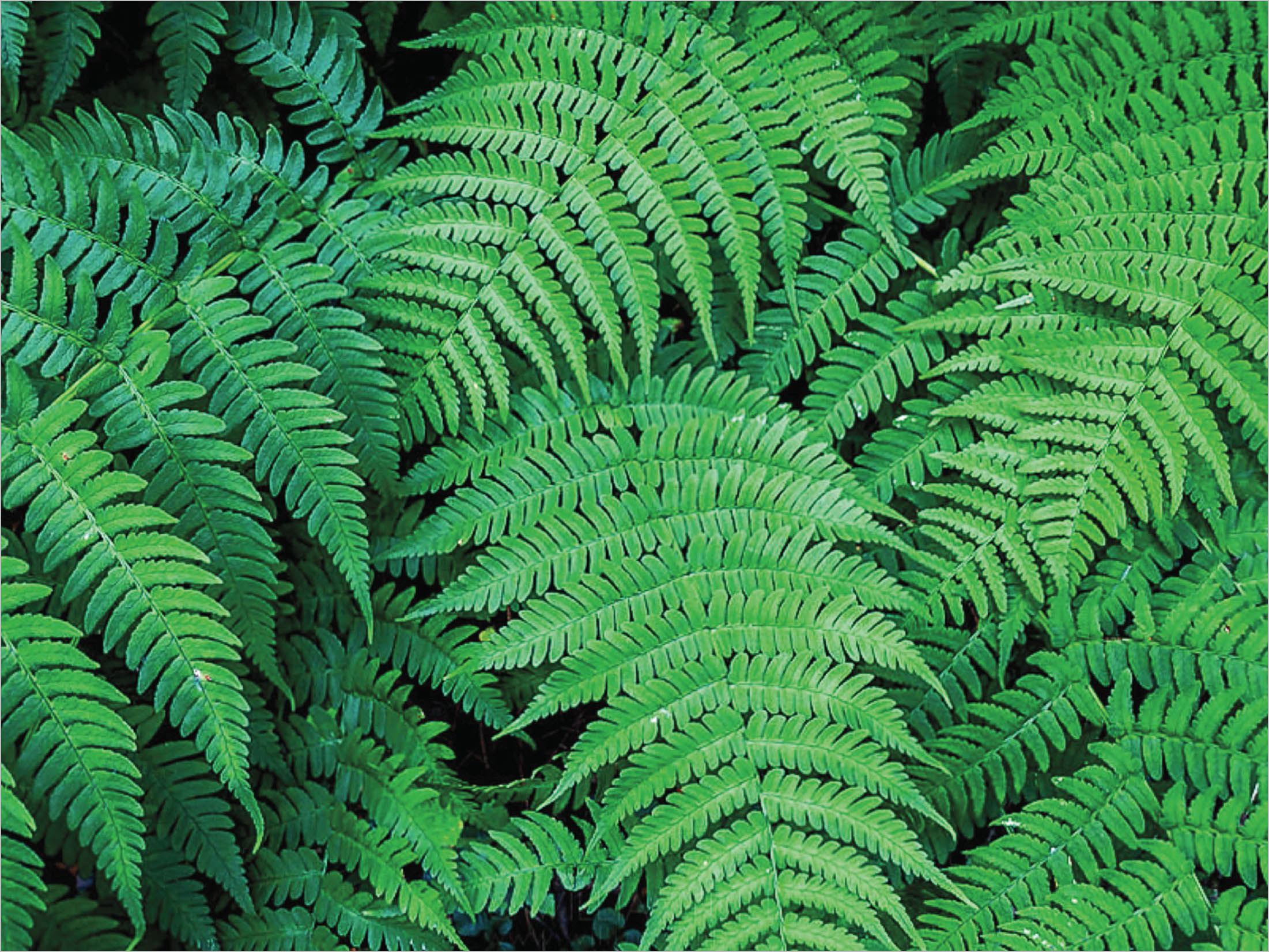PHOTOGRAPHS FOR THE SPIRIT
MAKING IMAGES FOR HEALING ENVIRONMENTS
Over the course of my career, which began in 1980, creative inspiration has come from various sources. One major source can be summed with one word: work. Whether for an exhibit, a new book project, or a commercial client, the process of fulfilling the needs of a project has often gotten me out of whatever rut I might be in at the time. The process also generates both technical and aesthetic ideas to solve image-making problems.
For the images presented in this essay, my client was an art consultant who needed large images for a health care project. I love it when my images are used in medical clinics, hospitals, or assisted care facilities where people can be comforted by seeing the beauty of nature. Hopefully my art has even had some healing or restorative value.
Nautilus Shell | 2012
I was asked to select nature images that would have high impact but also provide a calming effect for some large spaces, such as a hospital hallway or waiting room. The photographs needed to show universal aspects of nature, such as flowers, leaves, colorful stones, water details, or shells.
The client had seen a past installation photo of mine, a nautilus shell image printed to approximately 8x12 feet for a newly built university building. However, this new usage might require even greater enlargement. In order to improve the resolution above that of one frame, I rephotographed the same shell (which I’ve had for twenty years!), using three frames stitched together in Photoshop. To do this, I used one of my favorite lenses, a Canon 90mm tilt-shift lens combined with the Canon EF 25 extension tube. Extension tubes are a great close-up tool for macro photography and also allow for closer focusing with telephoto lenses. I used the shift function, which moves the lens without having to adjust the tripod head while maintaining the same perspective. The lens was aimed straight down at the shell, so I simply turned the shift knob from one side of the shell to the other. The overlap was about 25%, a good rule with any pano stitch, to help Photoshop make a clean connection between frames.
My client had also seen some past water lily photographs of mine and asked if they would enlarge well for a mural-sized piece. Although a single-frame, sharply exposed image from my camera can print very large, it would have to be cropped for the client’s space needs, which would compromise the output resolution. So I decided to try some new pano versions to make sure I had enough resolution, and luckily my lilies happened to be in bloom.
From day to day, I watched to see where the flowers popped up, and how they were arranged with the pads. I would see a slightly different composition daily, which is a great advantage to growing your own photographic subjects. It is also a fun way to practice some key skills for nature photographers: observing nature daily and being selective in choices of timing and light.
When I finally saw strong potential in my pond, I again used my 90mm tilt-shift lens. Just after the blooms opened in the morning light, I set my camera. Soon the light became too harsh, so I shaded my subjects with an umbrella to soften the contrast. The pond’s waterfall had washed the leaves and flowers with water, adding to the fresh quality of the image. Turning off the waterfall gave me the stillness I needed for sharpness.
The natural world has given me so much positive energy in my life that my work has been an effort to return the favor and share with others. I suppose that many folks don’t consider making photographs to be work, but I use it in the most positive sense of the word. My work involves the pursuit of connection with nature, seeing the magic of light, and communicating deeply what I have seen and felt. In whatever venue people see my photographs, whether online, in homes or office buildings, or in hospitals, to brighten their lives is a great honor.
Ferns | New Boston, New Hampshire | 2012

